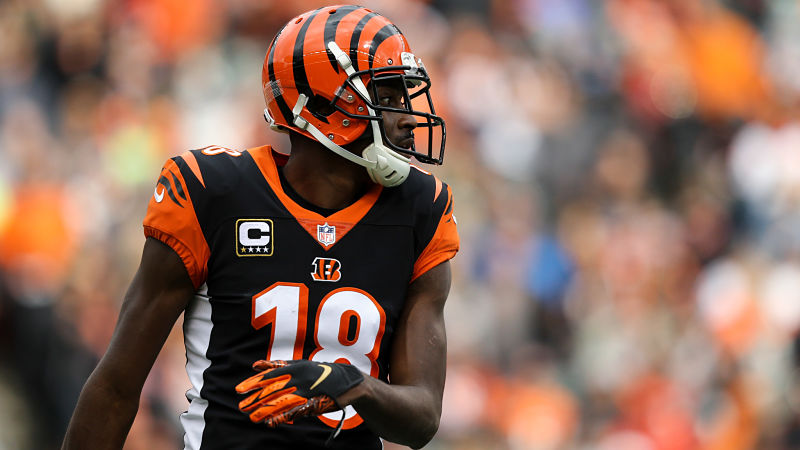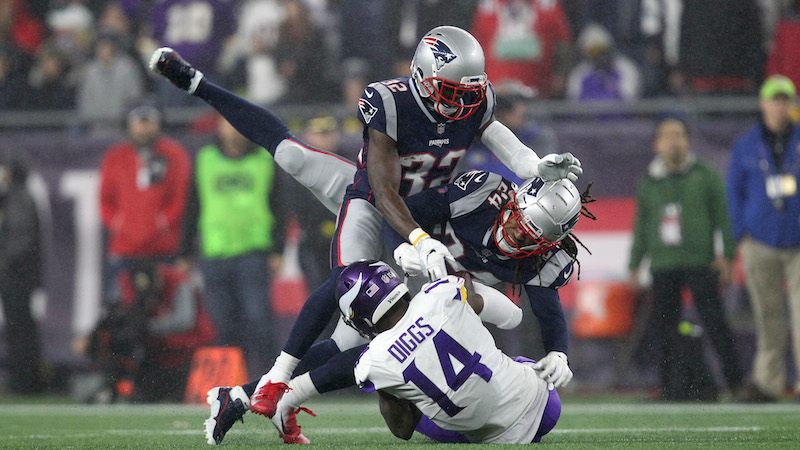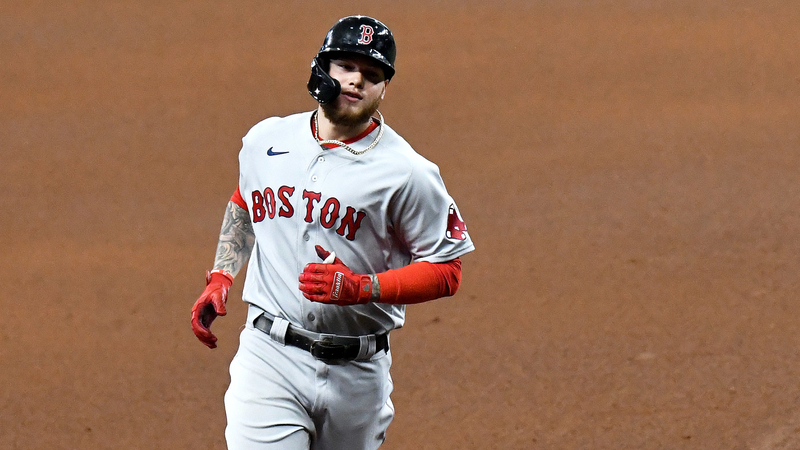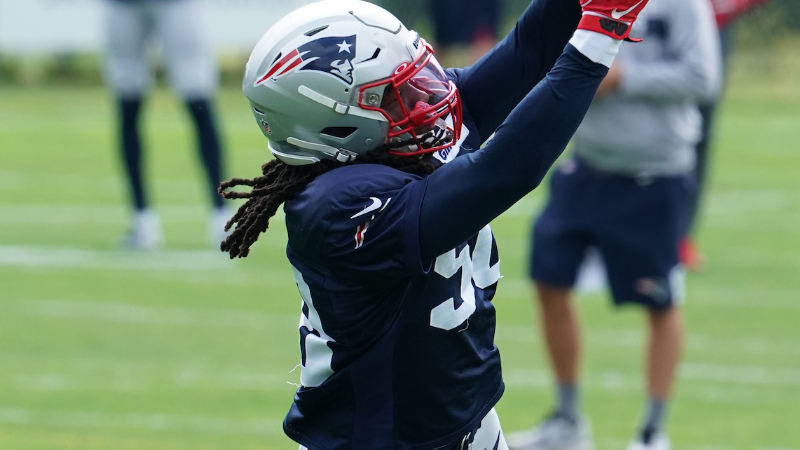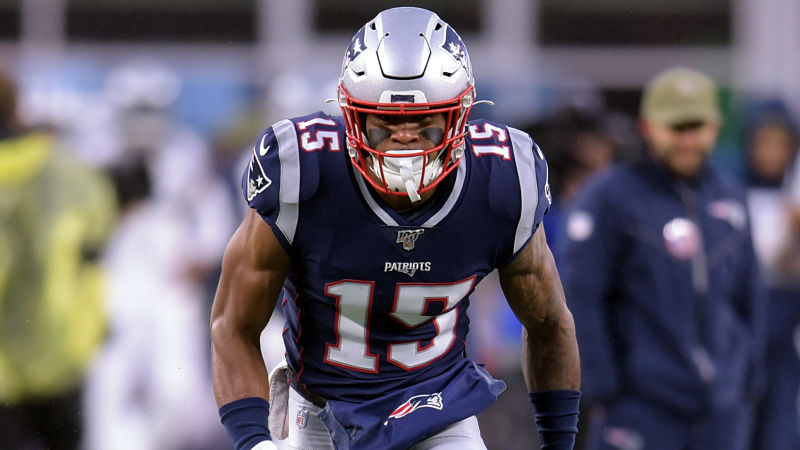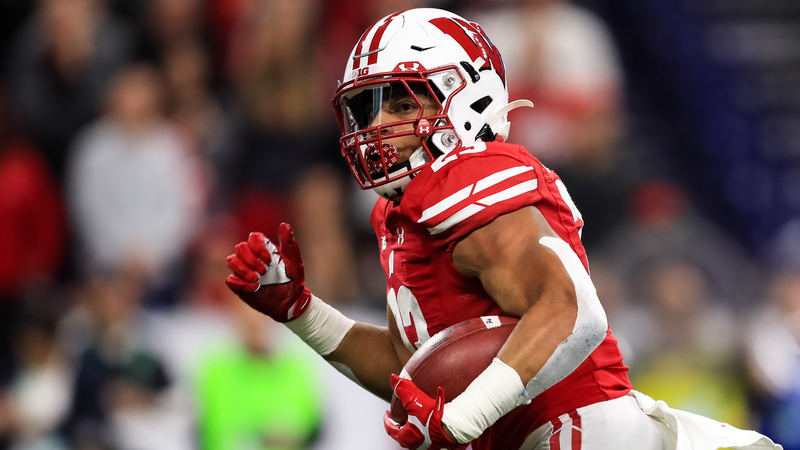This probably wasn’t the sort of offseason Chaim Bloom expected when he agreed to join the Boston Red Sox.
Adjusting to a Boston winter from the sunny skies of southwest Florida was the least of Bloom’s concerns in his first few months as the Sox’s newfangled chief baseball officer.
Bloom had to know trading Mookie Betts potentially was on the table, but it seems unlikely the wunderkind knew he’d be part of a managerial search. In fact, former manager Alex Cora was one of the things that drew Bloom to Boston. After establishing a connection with Cora, Bloom now must do the same with interim (for now) skipper Ron Roenicke — all while the team gets to work at spring training.
With the Red Sox in their first full week of spring training, Bloom’s offseason work is mostly, if not entirely, done. Here’s what we learned.
Shipping out a superstar
Coincidentally, Bloom’s first major move likely will be the one that makes or breaks his Red Sox tenure. That might seem harsh, but again, it’s fair to assume he knew that would be a short-term goal (or mandate) upon taking the job. If cutting payroll was the primary goal, a notion disputed by Red Sox ownership, then Bloom achieved as much by getting the Sox under the collective bargaining threshold by sending Betts and half of David Price’s contract to the Dodgers. If the goal was to make the Red Sox better in the short term, well, that just wasn’t going to happen when you trade the sport’s second-best player.
What Bloom really will be judged on, though, is what becomes of this trade in the next three to four to five seasons. Alex Verdugo is the centerpiece of Boston’s return, but he comes with obvious questions, regarding both his health and off-field decision-making. Boston’s decision to back out of the Minnesota Twins’ part of the deal because of Brusdar Graterol’s reported health opened the door for the Sox to improve their long-term prospect pool. Jeter Downs instantly becomes their first- or second-best prospect, and if he materializes, great. Given Bloom’s history in Tampa Bay, it should be expected that Verdugo, Downs and catcher Connor Wong will pan out. That’s why Bloom is in Boston. If not, well, it’s going to be hard to come back from.
He’s open to any and all options
The Bettsbuster dominated headlines, especially coming at the end of the winter. But Bloom was busy and hit the ground running. He was willing to pluck players off waivers (Chris Mazza, Josh Osich) while also turning over free agent rocks to find players like Jose Peraza, Martin Perez and Kevin Plawecki. He even made a Rule 5 selection, grabbing infielder Jonathan Arauz from Houston, while also making a few trades to round out the winter. He got a potential bargain with Kevin Pillar and maybe even Jonathan Lucroy. It’s a small-market mentality, sure, but it’s one that worked for Bloom when he was in Tampa Bay, and time will tell whether it works in Boston, too. Of course, at some point, Bloom should be expected to flex some big-market muscles, but in terms of short-term retooling, Bloom has kept his promise to be open to anything when it comes to roster-building.
Versatility and depth are what it’s all about
Bloom preached sustainability in his introductory press conference, and having a lot of players who can do a lot of things helps build that element in the long run. And if you look at most of the moves Bloom made this winter, the ability to do more than one thing is key. Infielders like Peraza and Arauz can play multiple positions. Wong is an athletic catcher who has a background on the infield. Verdugo can play multiple outfield positions, and so can Pillar. The Red Sox reportedly are still talking to the San Diego Padres about Wil Myers, a player who has experience in the outfield and at first base. On the pitching side, Bloom has given Roenicke a whole bunch of options to fill out the bullpen, and another pitching move could happen before the season begins. There are just a lot of options and insurance across the board. Not all of his additions will pan out, but if a few hit, the Red Sox’s depth — which was an issue in 2019 — will be improved in 2020 and perhaps beyond.
An emphasis on catching depth?
It’s interesting to see Bloom retooling the Red Sox’s catching depth on the fly. They shipped out Sandy Leon, which is a bummer for the pitching staff that loved him, but replacing him with Kevin Plawecki, who has a solid reputation for his handling of a staff, should be fine in the long run. The Sox also are reportedly in the process of signing Jonathan Lucroy to a minor-league deal. Lucroy had a terrible 2019, but if he can regain any sort of form resembling his early career when he was a two-time All-Star, he might be a valuable contributor at some point. The Betts trade also produced Connor Wong, who might not be ready for the bigs right away but does project as a solid backup at some point. None of these guys are Johnny Bench, but there’s some depth and versatility to a lot of Bloom’s moves, especially behind the plate.
Willing to wait
The Red Sox didn’t officially trade Betts and Price until Feb. 10, literally a day before pitchers and catchers reported to spring training. That came after nearly two weeks of rumors involving the Red Sox, Dodgers, Padres and Twins. We’re still waiting to see what Bloom does with the starting rotation, which, as of this moment, has four big league starters. Typically, you need five. So, we’ll see.
But all these things seem to reinforce what we heard about Bloom when he was hired. He’s smart (or so it seems) and he’s open to everything when it comes to improving a team. Maybe the best thing you can say after one offseason is that Bloom has a plan in place and is committed to taking a measured approach to establishing sustainable success. Whether that all works out in the end depends not only on the Betts trade but whether he’s given the patience to continue down this road.

